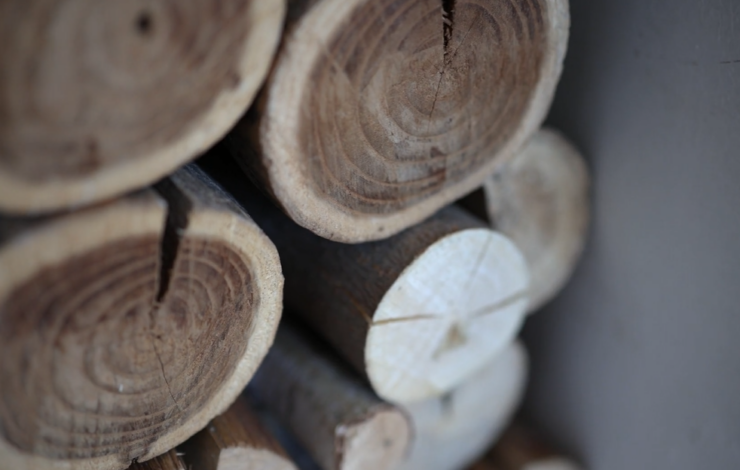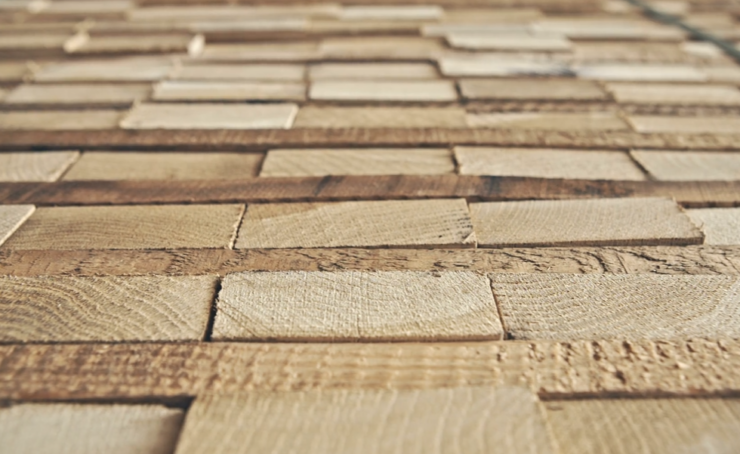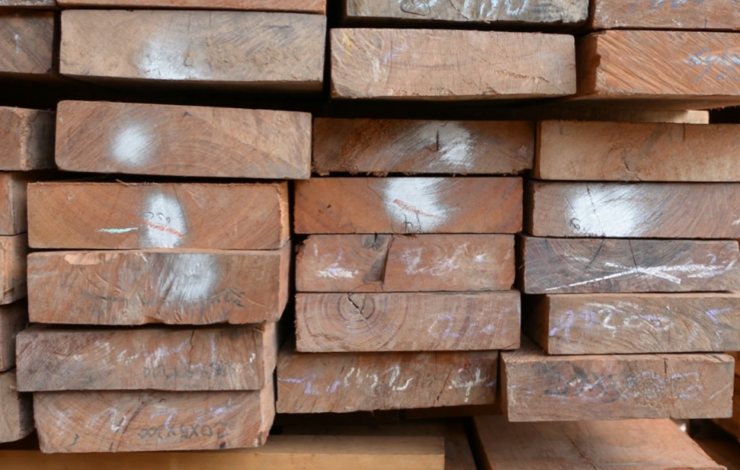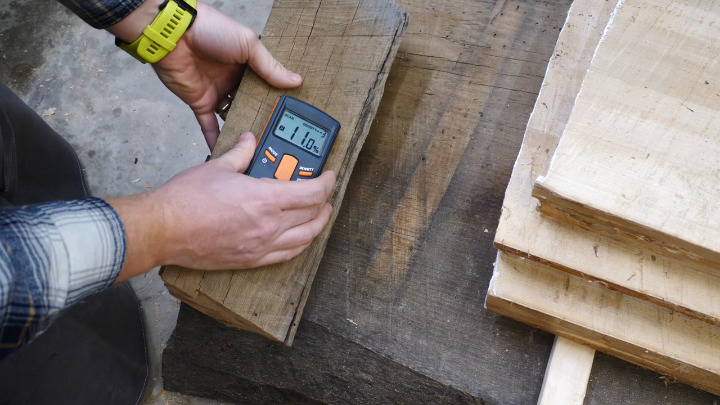Woodworking is a great hobby, but it can also be a bit of a chore if you don’t have the right tools or know-how. In this article, we are going to teach you how to dry wood quickly and easily so that you can start building things right away!
What is the Difference Between Wet and Dry Wood?

There is a big difference between wet and dry wood.
When wood is moist, it means that the water inside the cells has reached the cell walls. This means that the water is inside the cells and can’t escape. This makes the wood weak and susceptible to warping.
When it is dry, on the other hand, the water has been removed from the cells. This means that there is no water inside the cells and the wood can be strong and resistant to warping.
How to Dry Wood
Drying wood is an important step in the process of woodworking. Not only does it prolong the life of your lumber, but it also allows you to work with smaller pieces that would otherwise be too big for your project.
There are a few different ways that you can dry it.
1. Using the Oven
The best way to do this with the oven is to preheat the oven to its lowest setting and then place your lumber on the oven racks. Make sure that the lumber is spread out evenly and that it is not touching any other pieces of wood.
After preheating the oven, place your lumber in the oven and let it cook for a few hours. The key here is to make sure that the oven is constantly checking on your lumber so that it doesn’t overheat.
2. Using a Fireplace or Stove
If you don’t have an oven, you can use a fireplace or stove. Just make sure that you keep an eye on your wood while it is burning and avoid placing it directly on the flames. Instead, place it on some kind of heatproof mat or rack.
3. Using Air Circulation
The first step in the process is to put the workpiece on a level surface. The next step is to create a small hole in the top of the workpiece and insert a piece of pipe with an opening at one end and an opening at the other end. The openings should be about two inches in diameter, but they can vary. This is an effective way to dry lumber and other materials. Air circulation prevents the wood from drying out and causing it to become brittle.
Different Types of Air Circulation for Drying Wood

Like most woodworkers, you probably dry your lumber using a fan or air conditioning. But is that the best way to go?
You might be surprised to learn that there are many different types of air circulation for drying wood, and each has its advantages. In this blog post, we’ll explore four of the most common methods and show you how to choose the right one for your project.
1. Direct Air Circulation
The simplest way to dry lumber is by using direct air circulation. This method involves moving air around the lumber using an overhead fan or a window fan. The advantage of this method is that it’s fast and easy, and it’s usually effective at drying lumber quickly. However, direct air circulation can also be noisy, so it’s not ideal if you need to work in a quiet environment.
2. Indirect Air Circulation
Indirect air circulation uses fans or ducts to move the air around the lumber instead of direct contact. This method is more efficient than direct air circulation because it uses more energy to cool the air, but it can also be more time-consuming due to the need for ducting. It’s also less effective at drying lumber quickly, so it’s typically used only if drying time is critical.

3. Forced-Air Circulation
Forced-air circulation uses fans or blowers to force air through the lumber to dry it. This method is more efficient than indirect air circulation, but it can be more expensive and less effective at drying lumber quickly. It’s also usually less noisy than other methods, making it a good choice if you need to work in a quiet environment.
4. Radiant Heat Circulation
Radiant heat circulation uses a heating element to direct heat onto the lumber from below. This method is more energy intensive than forced-air circulation, but it can be more effective at drying lumber quickly and with less noise. It’s also usually easier to set up than forced-air circulation, so it’s a good option if you have limited space or resources.
How to Measure the Amount of Time It Takes to Dry Wood

There are a few factors to consider, including the size of the piece, the type of wood, and the climate.
To get an accurate estimate of how long it will take, measure it using one of these methods:
- Length: Cut a piece of wood to the desired length and use a ruler or a straight edge to measure its length.
- Width: Measure the width at its widest point.
- Thickness: Measure the thickness at its thinnest point.
Once you have measured the size and type of wood, use these drying time estimates for different types of wood.
Wooden Boards: 30-60 Days on Average
This is a general drying time estimate for boards. It will depend on the type and quality of the board; some boards may take as little as 30 days while others may take up to 60 days.
Keep in mind that this time frame is average and not every board will take this amount of time. Some boards may take considerably longer (up to 90 days) while others may take much less time (less than 30 days).
Conclusion
Drying wood is an important step in the process of woodworking. Not only does it help preserve the wood, but it also allows you to work with it more easily and safely.
In this article, we have taught you how to dry wood quickly and easily using different methods. Regardless of what method you use, remember to be patient and take care not to damage the wood while drying it. Thanks for reading!

